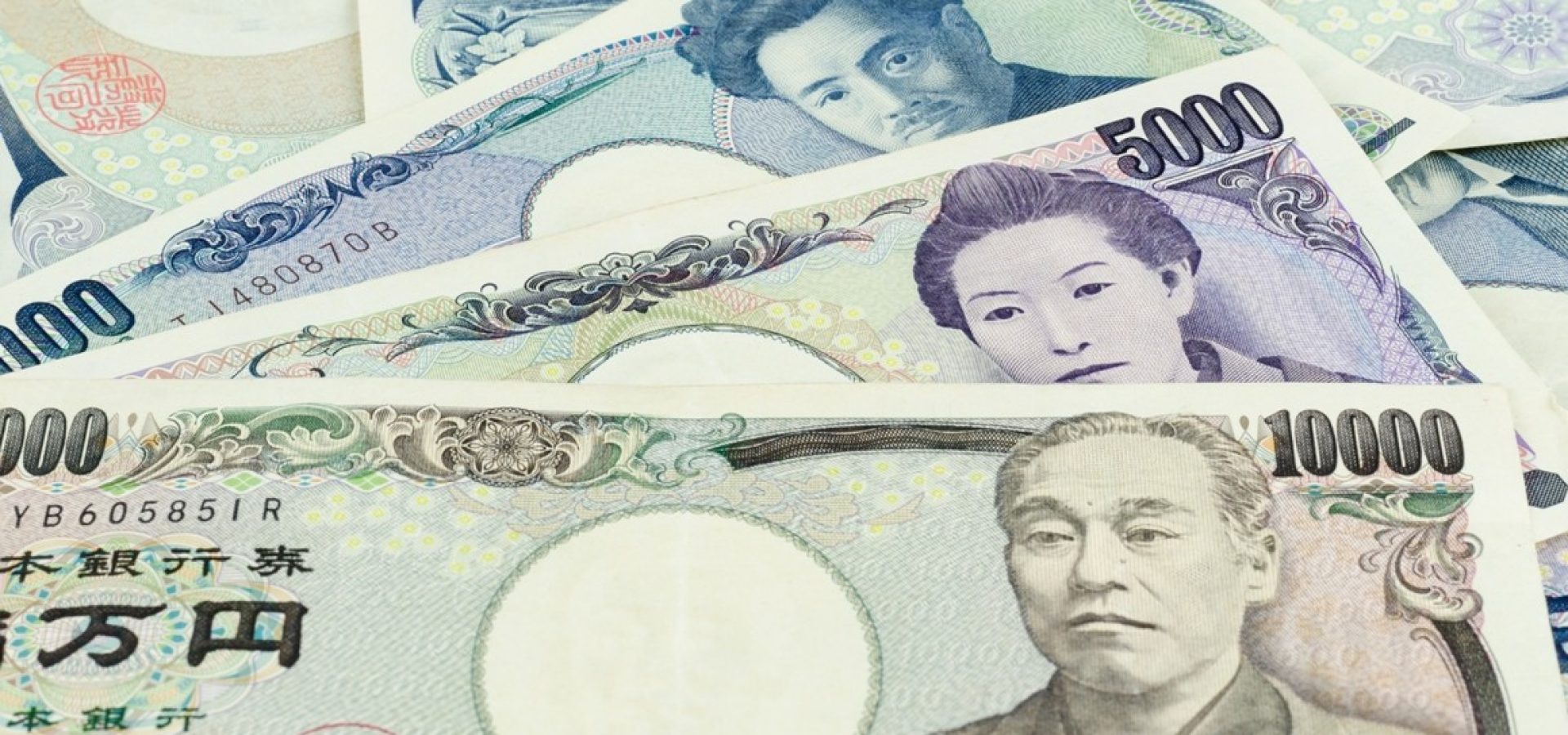
Quick Look:
Yuan’s share in the Russian forex market surged to 99.6%, up from 53.6% in May.Mid-June sanctions halted US dollar and euro trading on the Moscow Exchange, forcing a pivot to alternative currencies like the yuan.Post-sanctions, average daily trading volumes on the Moscow Exchange dropped by almost a third, highlighting the sanctions’ impact.Yuan’s share in the OTC market increased to 40%, with overall US dollar and euro trading turnover slightly declining.The Russian foreign exchange market has seen notable transformations recently, marked by an increased reliance on the Chinese yuan, significant changes in trading volumes, and the impact of international sanctions. These changes underscore the market’s adaptability and the broader economic implications for Russia and its trading partners.
The Dominance of the Yuan
In the wake of recent economic shifts, the Chinese yuan has ascended to a dominant position in the Russian foreign exchange market. The yuan’s share currently stands at a staggering 99.6%, a sharp rise from 53.6% in May. This dramatic increase highlights Russia’s strategic pivot towards the yuan, driven by geopolitical dynamics and the necessity to circumvent Western financial restrictions. The move away from the US dollar and the euro is not merely symbolic but a significant realignment in Russia’s economic engagements.
Sanctions and Their Ripple Effects
The imposition of sanctions in mid-June profoundly impacted the Moscow Exchange, effectively halting trading in US dollars and euros. These sanctions are part of broader economic measures aimed at exerting pressure on Russia due to ongoing geopolitical tensions. The immediate effect was a substantial reconfiguration of the exchange’s trading activities. By removing these significant currencies from the exchange, Russia has had to adapt quickly, bolstering its reliance on alternative currencies such as the yuan.
Exchange Trading Volume Dynamics
The sanctions have notably impacted trading volumes on the Moscow Exchange. In the second half of June, the average daily trading volume plummeted to 282 billion rubles, marking a decrease of almost a third. This downturn underscores the sanctions’ efficacy in constraining Russia’s financial operations, compelling market participants to recalibrate their strategies. Despite this, the market continues functioning, albeit with adjusted expectations and trading patterns.
Over-the-Counter Market Adjustments
While the formal exchange markets grapple with these changes, the over-the-counter (OTC) market has also experienced shifts. The turnover for US dollar and euro trading in June was reported at 13 trillion rubles, experiencing a slight decline. However, the yuan’s presence in the OTC market has grown, now representing 40% of the turnover, an increase of 0.8 percentage points. This adjustment indicates a broader market acceptance and utilisation of the yuan, reinforcing its growing role in Russia’s financial landscape.
Major Exporters and Currency Sales
Despite the volatility and shifts in the exchange markets, Russia’s major exporters continue to generate significant revenue. In June, the total sales amounted to $14.6 billion. This robust figure highlights the resilience of Russia’s export sector, which remains a critical component of the national economy. These sales figures also reflect the ongoing demand for Russian goods and services, which continue to find markets despite the challenging economic environment.
A Market in Flux
The Russian foreign exchange market is experiencing significant change, driven by external pressures and internal adjustments. The rise of the yuan, the impact of sanctions, and shifts in trading volumes and market dynamics paint a picture of a market in flux. These developments affect Russia’s economic landscape and have broader implications for global financial markets. As Russia adapts, the long-term effects of these changes will become more apparent, potentially setting new precedents in international finance.













